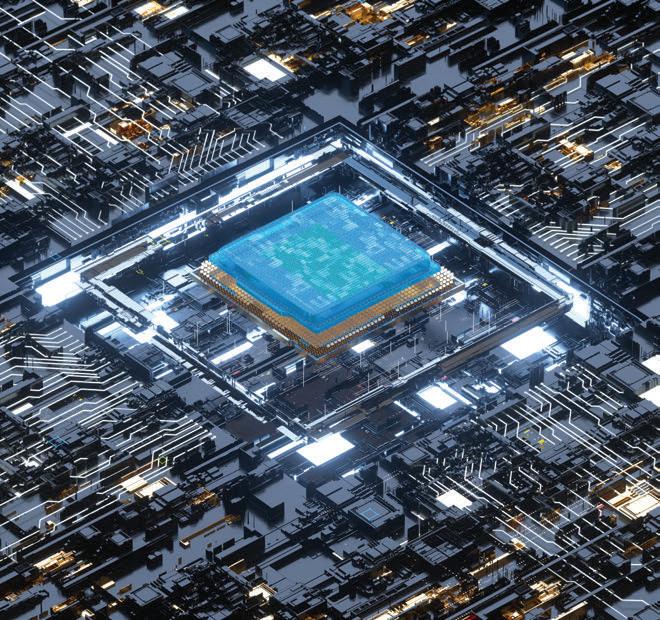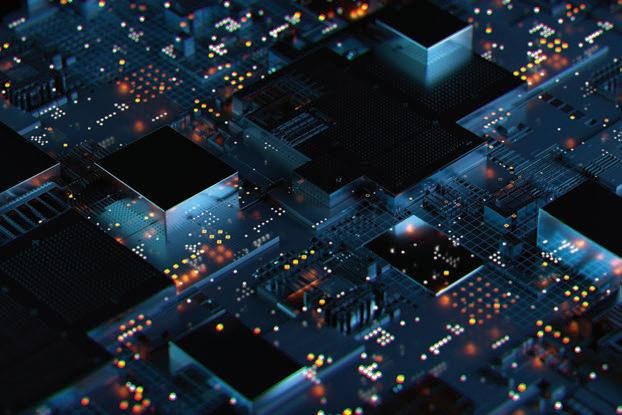18
Product Selection and Applied Technology Handbook 2020
Is Your Process Control Software Up to Date? Process control software advances—ranging from distributed control systems to multivariate control—offer a number of important capabilities to process manufacturers. The difficult part can be determining what technologies will benefit your operations most.
P
rocess control software and related devices are some of the longest-used industrial devices in existence. When you hear references to 30- and 40-year-old automation systems, chances are they’re installed in a continuous process facility. And while there are numerous reasons for this, the fact is that technology is no longer advancing incrementally—which more easily allows older systems to stay in place. Today’s technology is leapfrogging itself in capabilities compared to previous levels of advancement. That’s why, even if you’re not currently in the market for new process control software, you should keep up to date with how these technologies are changing. Because that decadesold technology you’re using now will not last forever. The goal is not just to replace old with new, but to replace the old with what you really need.
RECENT ADVANCES Third-generation distributed control systems (DCSs) all share a commonality with regard to configuration. They use Windows-
based, object-oriented software for building I/O, configuring complex control strategies, and programming calculated variables. Importing and exporting databases is simplified by using spreadsheet software and similar productivity tools. humanmachine interface (HMI) display building is similarly designed to use the best features of Windows, with menu drop-downs, standardized display objects, and copy-and-paste tools. The result is a reduction in engineering effort, training costs, and on-site time required to migrate first- and second-generation DCSs—or to configure control databases for grass-roots installations. In short, an engineer can now use a PC to configure the control system, versus having to interface with the DCS via a dedicated, proprietary console tucked away inside a control room. Another important advance is the improved ability to integrate DCSs with the office network and make real-time and historical data available to anyone in the organization. New DCSs provide the tools to turn this data into useful information, leading to improvements in site productivity. While this
Even if you're not currently in the market for new process control software, you should keep up to date with how these technologies are changing. Because that decadesold technology you're using now will not last forever.
AW2010_Handbook.indd 18
10/1/20 7:38 PM






